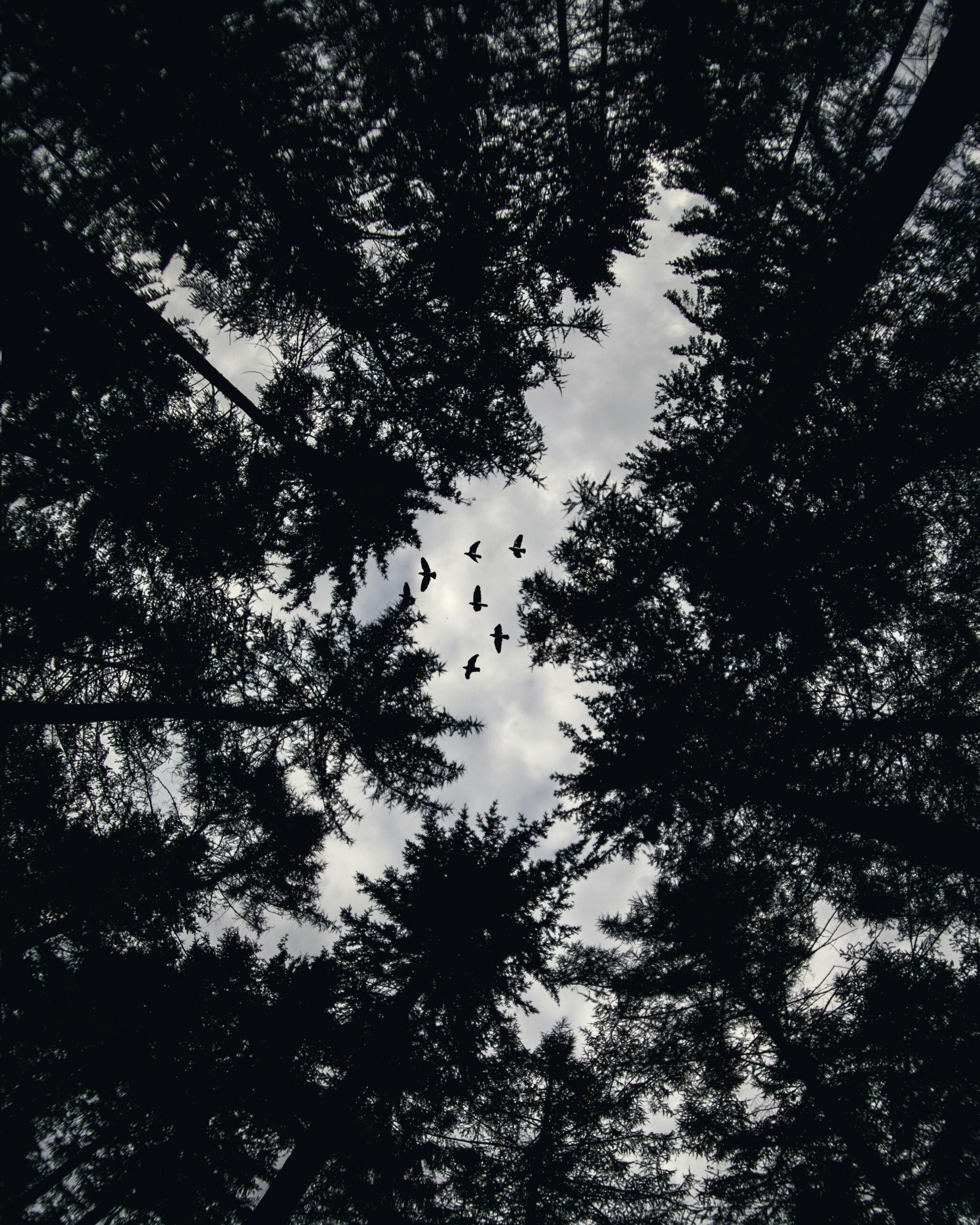The Black Forest cake, known in German as Schwarzwälder Kirschtorte, is one of the most famous and beloved desserts to come out of Germany. Originating from the Black Forest (Schwarzwald) region in southwestern Germany, this decadent cake is celebrated for its rich layers of chocolate sponge cake, whipped cream, and cherries, all infused with a generous splash of kirsch, a clear cherry brandy. The cake’s name is derived from the distinctive kirsch liqueur, which is traditionally made from the sour cherries grown in the Black Forest area. The history of the Black Forest cake is as layered as the dessert itself. While the exact origins are somewhat debated, the cake is believed to have evolved in the early 20th century, with some sources tracing its popularity to the 1930s. The region’s abundant cherry orchards and dairy farms provided the key ingredients, and local bakers began experimenting with combinations of chocolate, cherries, and cream. The addition of kirsch, a spirit that had been produced in the Black Forest since the 16th century, gave the cake its signature flavor and set it apart from other chocolate cakes. Over time, the Black Forest cake became a symbol of German culinary craftsmanship and is now enjoyed worldwide, often associated with special occasions and celebrations. The traditional Black Forest cake is made with several layers of moist chocolate sponge cake, which is brushed with kirsch to enhance its flavor. Between the layers, there is a filling of whipped cream and cherries, usually morellos or sour cherries, which are cooked with sugar to create a sweet-tart compote. The cake is then frosted with more whipped cream and decorated with chocolate shavings and additional cherries. Some versions also include a sprinkling of cocoa powder or a drizzle of chocolate ganache for extra richness. The combination of flavors—chocolate, cherries, cream, and kirsch—creates a harmonious balance that is both indulgent and refreshing. Beyond its delicious taste, the Black Forest cake holds cultural significance. It is often served at birthdays, weddings, and holidays, and has become a staple in German cafés and patisseries. The cake’s popularity has also led to many variations, including alcohol-free versions for those who prefer not to use kirsch, and modern interpretations that play with presentation and additional flavors. Despite these adaptations, the classic Black Forest cake remains a timeless treat, cherished for its connection to the picturesque Black Forest region and its ability to bring a taste of German tradition to tables around the world.
